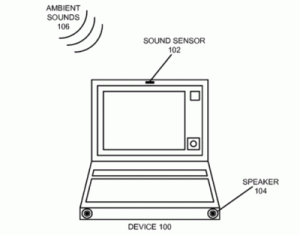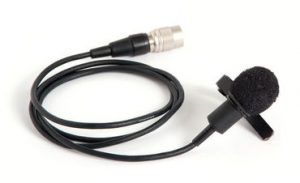At RedEye, one of the most important production skills we pride ourselves in is crisp sound/audio. As the intern for the summer, I have had multiple opportunities to edit voiceovers (VO) for multiple projects. I have realized that many video projects focus on visual aspects, but it is a combination of video and audio that make a production phenomenal. However, it is vital to practice active listening when editing an audio production so your work will stand out and that requires basic knowledge of sound basics.
Now a day’s, video production is not just about the visuals but the quality sound. The tone set by the editors that use great sound can change how the audience reacts. The audio can be more than half of the story. Audio helps piece together a story.
Think about what happens when you hear a bad noise? Do you think of a fire truck, a police sire; neither of those sounds is pleasant, but in video productions you want to hear the real thing, not something like it. Having good audio can help emit an emotional response from listeners. If a DJ did not have a clear voice, would you listen? Clarity is important when it comes to good audio, it can carry the nuance of a production. Bad audio can cause you to eliminate the best sequences or footage you have in post production. Audio needs to be catered in post and production. The purpose of a sound recordist or editor is to make sure the clarity, recording levels, mic selection, and placement are done well.
Here are a few terms and photos that might be helpful if you are looking into learning more about audio editing:
- Ambient Audio– is any background/ natural sound at any location you are shooting at.

As you can see in the photo above, the ambient sound is coming from outside of the device. - Fishpole/Boompole– This is a handheld/portable boom (mic) that can be from six to eight feet for recording on location.

- Lavalier (Lav)– it is a small cardioid mic that clips on a lapel or shirt for an interview with someone.

A basic lavalier mic - Shotguns– a one directional mic hat is shaped like a cone with a pick up pattern that can be aimed at a sound source.

Shotgun mic on top of a DSLR camera - Wireless mic– this type of microphone transmits audio by local radio signals from the subjects transmitter to a receiver on the camera. A wireless mic can come in may forms.

One type of a wireless mic 
Another type pf wireless mic
Good audio can add meaning to your visuals. If you are out in the field shooting on location, you must look for nonvisual wild sound. It requires focus to narrow in on a particular sound (s) that can make a location, person, or object unique.

2 thoughts to “Sound Basics: It's better to practice listening”
Sound Basics: It’s better to practice listening https://t.co/3uV8tZwXf6 https://t.co/RqjPoriNiO
RT @RedEye_Post: New Blog Post! Sound Basics: It’s better to practice listening. Check it out now! https://t.co/gKPsSs5yYj
Comments are closed.